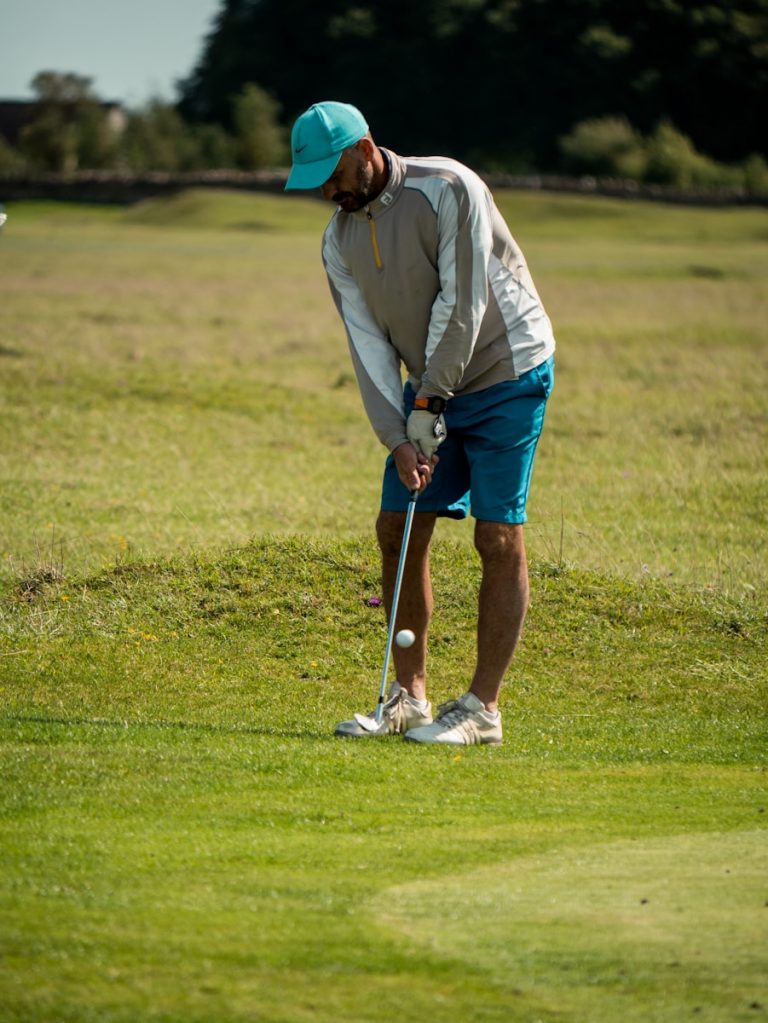Maintaining a putting green in Arizona requires a keen understanding of the region’s unique climate and the grass types best suited for golf courses. In the desert heat, the choice and care of turfgrass play pivotal roles in preserving the lush, verdant appearance and smooth playing surface of a putting green. Not only do the high temperatures and low humidity levels present a challenge, but seasonal changes also necessitate specific care practices to maintain optimal health and performance of the greens.
While the maintenance of these greens can be complex, employing a professional putting green installer in Arizona can ensure the right start with high-quality installation and relevant advice for ongoing care. As the seasons shift, so should the caretaking techniques, adapting to the different requirements of the grass from the scorching summer heat to the cooler, sometimes frosty winter months. For golf enthusiasts, ensuring their putting greens are in top condition year-round means adhering to guidelines that protect and nurture the turf through every seasonal challenge Arizona may present.
Essential Maintenance Practices for Arizona Putting Greens
Maintaining high-quality greens in Arizona requires an understanding of the unique seasonal needs of turf as well as the best practices for the care of both natural and synthetic surfaces. These tips ensure your putting greens remain playable and in excellent condition all year round.
Seasonal Lawn Care for Arizona Turf
In Arizona, lawn care for natural grass putting greens frequently involves transitioning between cool-season grasses like ryegrass to warm-season grasses such as bermudagrass and zoysiagrass. During active growth periods, fertilization is critical to support healthy turf, while minimizing growth during dormancy is equally important. It’s essential to adjust lawn care techniques to the changing seasons to maintain the quality of the turf.
Selecting The Right Putting Green Material
Choosing the right material for your putting green can have a lasting impact on maintenance levels and playability. Synthetic grass or artificial turf can withstand Arizona’s climate with less upkeep. In contrast, natural grass requires more diligent care but delivers a traditional golfing experience. For synthetic options, high-quality fibers and backing materials are vital for durability and realistic ball roll characteristics.
Proper Infill and Top Dressing Techniques
Infill is crucial for both natural and artificial putting greens, as it supports the blade structure and provides a smooth surface. For synthetic turf, materials like round ball-bearing silica sand ensure proper ball speed and longevity of the turf. In natural greens, top dressing with sand helps to smooth the playing surface and manage thatch.
Effective Irrigation and Drainage Solutions
For both natural and artificial greens, proper irrigation and drainage are essential. Natural greens need regular watering to prevent stress, especially during dry spells, but should have well-designed drainage to prevent waterlogging. Artificial greens may require occasional hosing but rely on effective drainage systems to handle rain and washing, ensuring that the surface remains consistently playable.
Design and Aesthetic Considerations for a Pleasing Putting Green
A well-designed putting green not only enhances a golfer’s game but also serves as an attractive landscape feature. Factor in Arizona’s unique climate and natural beauty to achieve a striking balance between form and function.
Incorporating Arizona’s Natural Landscape
To capture the essence of Arizona, designers often include native plants and trees around the putting green. These do not hinder the game but rather add a natural feel, blending the green into the surrounding backyard. When selecting vegetation, one might consider drought-resistant plants that thrive in Arizona’s climate, ensuring minimal maintenance without sacrificing the area’s visual appeal.
Choosing Color and Texture for Year-Round Beauty
The color and texture of the synthetic turf play a pivotal role in mimicking the look of natural grass. Quality turf offers a variety of green shades and blade lengths to suit personal tastes and withstand the intense Arizona sun. Golf enthusiasts require a putting surface that is both functional for their game and visually appealing throughout all four seasons.
Customizing Size and Shape for Your Space
No two backyard putting greens are identical. A tailored approach allows golf enthusiasts to determine the best size and shape for their individual spaces. From small practice areas to expansive replicas of professional holes, the design can accommodate both the golfer’s skill level and the aesthetic goals of the residential property. Designers work to create a putting green that not only improves the player’s game but also integrates seamlessly into the existing backyard.
Conclusion
Proper maintenance ensures that synthetic turf putting greens in Arizona remain pristine and play like professional courses year-round. They should utilize tools like a plastic rake for debris removal, avoiding metal rakes that damage turf and infill. Choosing the right type of synthetic turf is critical, balancing the need for minimal maintenance with performance. With the right care, these greens offer an excellent, consistent putting surface, capable of replicating natural greens’ playability and speed.


0 Comments